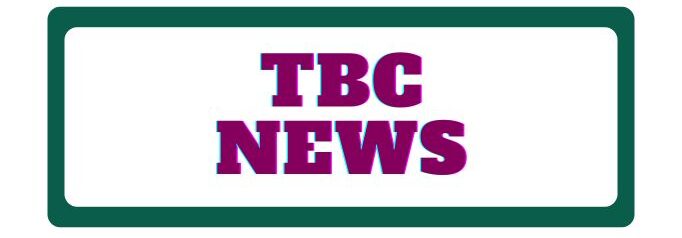For coin enthusiasts and collectors, the Bicentennial quarter is a fascinating piece of American history. Minted in 1976 to mark the 200th anniversary of the United States, this coin is special for many reasons. While most are worth just 25 cents, some rare Bicentennial quarters can be valued at an astonishing $2 million. In this article, we’ll explore what makes these coins so valuable and how you can identify one that might be worth a fortune.
A Brief History of the Bicentennial Quarter
The Bicentennial quarter was produced in 1975 and 1976 by the U.S. Mint to celebrate the 200th anniversary of the Declaration of Independence. Here’s a quick overview of its design:
| Side | Design |
|---|---|
| Obverse | Features a portrait of George Washington, as seen on quarters since 1932. |
| Reverse | Designed by Jack L. Ahr, showing a colonial drummer with a victory torch and thirteen stars. |
| Dates | Instead of a single date, it shows “1776–1976” to highlight the bicentennial celebration. |
Why Some Bicentennial Quarters Are Worth Millions
Not every Bicentennial quarter is worth a fortune, but certain rare factors can significantly increase their value. Here’s what to look for:
| Factor | Description |
|---|---|
| Minting Errors | Errors during minting can make a coin very rare and valuable. Examples include: |
| – Double Die Errors: Design appears doubled due to being struck twice. | |
| – Off-Center Strikes: Design is misaligned on the coin. | |
| – Wrong Metal Errors: Struck on the wrong type of metal, increasing value. | |
| Silver Bicentennial Quarters | These coins are made of 40% silver and were only available in mint sets. They are more valuable than their copper-nickel counterparts. |
| Proof vs. Uncirculated Coins | – Proof Coins: Special edition with a mirror-like finish, made in limited quantities. |
| – Uncirculated Coins: Coins that have never been used in transactions, often in higher demand. | |
| High-Grade Coins | Coins graded between MS65 and MS70 are considered high-grade. Their rarity and condition can significantly increase their value. |
How to Tell if Your Bicentennial Quarter Is Valuable
If you suspect that your Bicentennial quarter might be worth more than its face value, follow these steps:
| Step | What to Do |
|---|---|
| Inspect the Condition | Look for coins in excellent condition with little or no wear. Coins in mint condition are more valuable. |
| Look for Errors | Examine the coin for minting errors like double die effects or off-center strikes. Use a magnifying glass if needed. |
| Check the Mint Mark | Bicentennial quarters were minted in Philadelphia (no mint mark), Denver (“D”), and San Francisco (“S”). Silver quarters were only minted in San Francisco. |
| Get the Coin Graded | Send the coin to a professional grading service like PCGS or NGC for an official grade. |
| Consult a Coin Dealer | After grading, consult with a professional coin dealer to get an idea of its market value. |
Conclusion: Are You Holding a $2 Million Treasure?
While not every Bicentennial quarter is worth millions, some rare and high-grade examples can fetch a significant amount. Factors like minting errors, silver content, and overall condition play a crucial role in determining their value. If you think you might have a valuable coin, getting it appraised by a professional could reveal a hidden treasure worth a lot more than its face value.
FAQ’s
How much are most Bicentennial quarters worth?
Most Bicentennial quarters are worth face value (25 cents) unless they are in uncirculated or proof condition, or feature rare minting errors. In those cases, their value can range from a few dollars to several thousand.
What are the rarest Bicentennial quarters?
The rarest Bicentennial quarters are those with minting errors like double die or off-center strikes, as well as silver versions minted in San Francisco. High-grade examples of these coins can be worth significant amounts.
How can I tell if my Bicentennial quarter is silver?
To check if your Bicentennial quarter is silver, weigh it. Silver quarters weigh about 5.75 grams, while copper-nickel quarters weigh around 5.67 grams.

